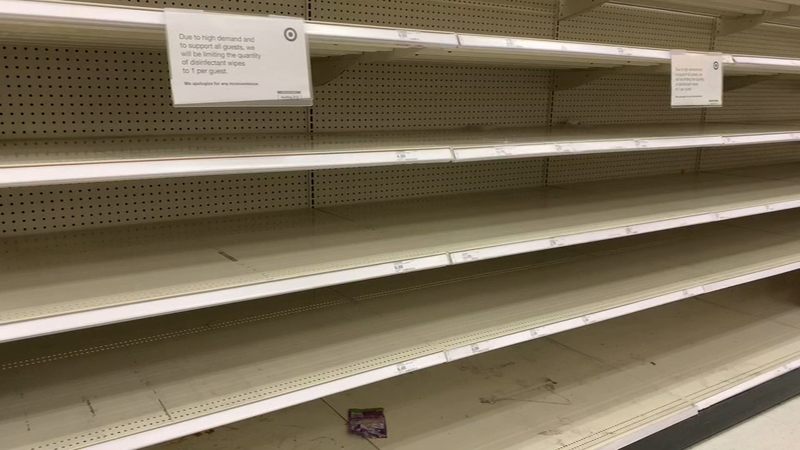
If you brought up preparedness a year ago people would have looked at you like one of those preppers with an underground bunker and 10 years worth of food. If that is you, call me, we can be friends. Things are different now. The idea of being prepared in case of some kind of disaster is something a lot of people are thinking about. Talking to friends, family, and clients, it seems like this can be a bit overwhelming when first starting out. Anxiety levels rise when people see the potential of something like civil unrest rearing its ugly head and they are not ready. So where do you start? Like anything else I would suggest to start small. I wouldn’t start a new shooter out with some complex and stressful drill their first day on the range. Why should you subject yourself to the same stress when starting something new? So let’s break down where to start with preparedness.
Food and Water
Without food you are roughly 3 days away from doing some really shady shit for a Klondike bar. Don’t believe me? Imagine seeing your kids crying and screaming how hungry they are after 3 days of nothing to eat. Now what would you do to feed them? We live in the greatest country in the world and this is still a possibility. Let’s take the events that unfolded at the beginning of the pandemic as an example. For some reason, people decided that toilet paper was the most important asset in existence so they bought all of it. People hoarded cleaning supplies and obtaining these things became very difficult. How were the food supplies in your local grocery stores during that time? I know in my neighborhood meat sold out, bread and milk were scarce, and if you found any of these items there was usually a limit of one. All of this and we were still getting regular truck shipments to resupply stores. Take away just one resupply truck and what happens? How long do you think it will be before you can buy groceries? Don’t put yourself in this position.
Where should you start? Well, 3 days is a great place to start. The average person needs about 2000 calories a day to function well, rough estimate I know. So a family of 3 would need 6,000 calories a day. 3 days worth of emergency food would be 18,000 calories, yay math. One way I like to go about it is when doing your regular grocery shopping, buy a little extra. Think about long term dry storage foods like flour, rice, and canned foods. But make sure that it is something you actually eat. Store what you eat and eat what you store. Another option is actually emergency storage foods. Mountain House has been around for a long time, I’ve used these while camping. Just add hot water and eat. Then we have the original military MREs. Each meal is complete, just add water. These emergency storage options can last up to 30 years. You can usually get around 12-24 meals for $100. After you get 3 days down, bump it up to a week, then 2 weeks. The end goal here would be at least 3 months to whatever you are comfortable with. Just make sure you are getting foods that you actually eat from time to time and replace. Don’t get stuck with a cabinet full of expired food.
For water I would suggest starting with some packages of bottled water. Healthy humans usually consume about half their body weight in ounces. I like the 5 gallon water containers. You can get these at your local grocery store. I would suggest having a way to clean and/or filter water if need be.
I will be breaking this down into a few different categories. The next few topics that I’ll be writing about will be home defense, medicine, and power. As always, be comfortable, be confident, and stay safe!

